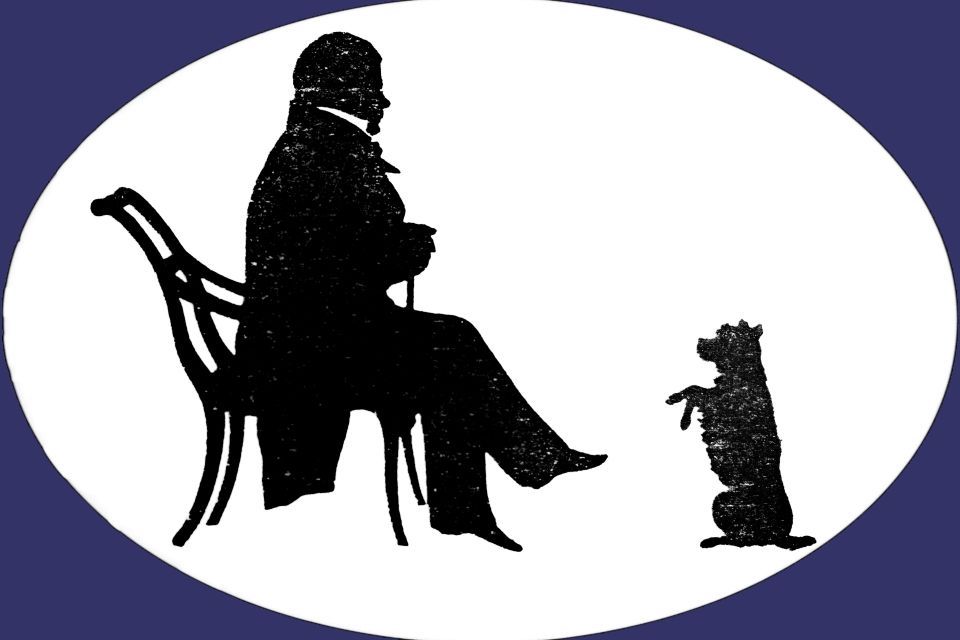Colloquium on Peveril of the Peak
Prof. Alison Lumsden and Prof. Catherine Jones
Saturday 13th August 2022
Summary of the Colloquium:
Held close to the anniversary of Sir Walter Scott’s birthday, this event continued the Edinburgh Sir Walter Scott Club’s tradition of examining a novel on its bicentenary. The focus was Peveril of the Peak (published in 1822), a work often criticised but passionately defended by the two distinguished speakers, Professor Alison Lumsden and Professor Catherine Jones.
Professor Alison Lumsden’s Key Arguments:
- Reception History:
- Widely considered Scott's longest and perhaps least successful novel.
- Criticised for its length, chaotic plot, and implausibility—even Prince Albert died while reading it (a copy with black-edged pages exists in the royal collection).
- Contemporary critics and Scott’s biographer Lockhart also deemed it overlong and artificial.
- Causes of Perceived Weakness:
- Overproduction due to commercial pressure—Peveril was one of three novels published in the same year.
- Personal grief: Scott was mourning the death of his close friend William Erskine, which affected his mood and writing.
- Re-evaluation:
- Lumsden argued that its excesses and clumsiness may be intentional, part of Scott's deepening exploration of the nature of historical fiction.
- The novel’s artificiality might reflect the Restoration era’s performative culture, where truth was often mediated through drama and propaganda.
- The Popish Plot, a central theme in Peveril, was essentially a rhetorical and pamphlet-driven hoax, making it ripe for narrative interpretation.
- Pamphlet Influence:
- Scott drew heavily from the scandalous pamphlets of the time—many of which are housed in the Abbotsford Library—using their language, imagery, and rhetoric to shape the novel’s tone and detail.
- Staging of Truth:
- Lumsden likened Scott’s depiction of the Popish Plot to the modern era of misinformation and conspiracy theory, noting its relevance to understanding how historical narratives are manipulated.
- Literary Value:
- Despite its flaws, the novel is full of vivid, memorable scenes (e.g. the rescue of Alice Bridgenorth, the Tower of London visit, and the dramatic departure from Peel Castle).
- Lumsden proposed that these scenes, rather than the plot, are what endure in readers’ minds—giving the novel a lasting aesthetic power.
Professor Catherine Jones’s Key Arguments:
- Personal Connection:
- Jones first read Peveril while studying at Emmanuel College, Cambridge, and later revisited it during a fellowship—highlighting her deep personal and academic interest in the novel.
- Transatlantic Resonance:
- Explored Peveril's influence on American historical fiction, particularly its depiction of religious extremism and political paranoia.
- Noted its strong thematic connection to the regicides who fled to colonial New England after executing Charles I.
- Influence on American Authors:
- Scott’s inclusion of the "Angel of Hadley" story influenced 19th-century American writers like James McHenry and Nathaniel Hawthorne.
- McHenry adapted the regicide tale into his novel The Spectre of the Forest, blending it with witch trial themes.
- Hawthorne’s The Grey Champion used similar narrative ambiguity, presenting a spectral figure of revolutionary righteousness.
- Shared Literary Techniques:
- Scott's "formula of alternative possibilities" (offering multiple interpretations for a single event) influenced American narrative structures that blurred fact and fiction, history and legend.
- Cultural Impact:
- Scott helped shape a national literary identity in America, even as American writers struggled with how to assert their own authority while borrowing his form.
- Writers like James Fenimore Cooper adapted Scott’s themes but distanced themselves from his aristocratic sympathies.
Points of Interest & Reflections:
- Artificiality as a Theme:
- Rather than a flaw, the novel's "staginess" may reflect the artificiality of political life in the Restoration era.
- Modern Relevance:
- Peveril of the Peak’s themes of paranoia, propaganda, and rhetorical manipulation echo today’s concerns with fake news, conspiracy theories, and media spin.
- Defence of Scott’s Craft:
- Multiple attendees noted that the novel’s evocative atmosphere and immersive world outweigh its convoluted plot.
- It was argued that Scott’s strength lies in creating vivid emotional landscapes rather than psychologically deep characters or tightly structured plots.


